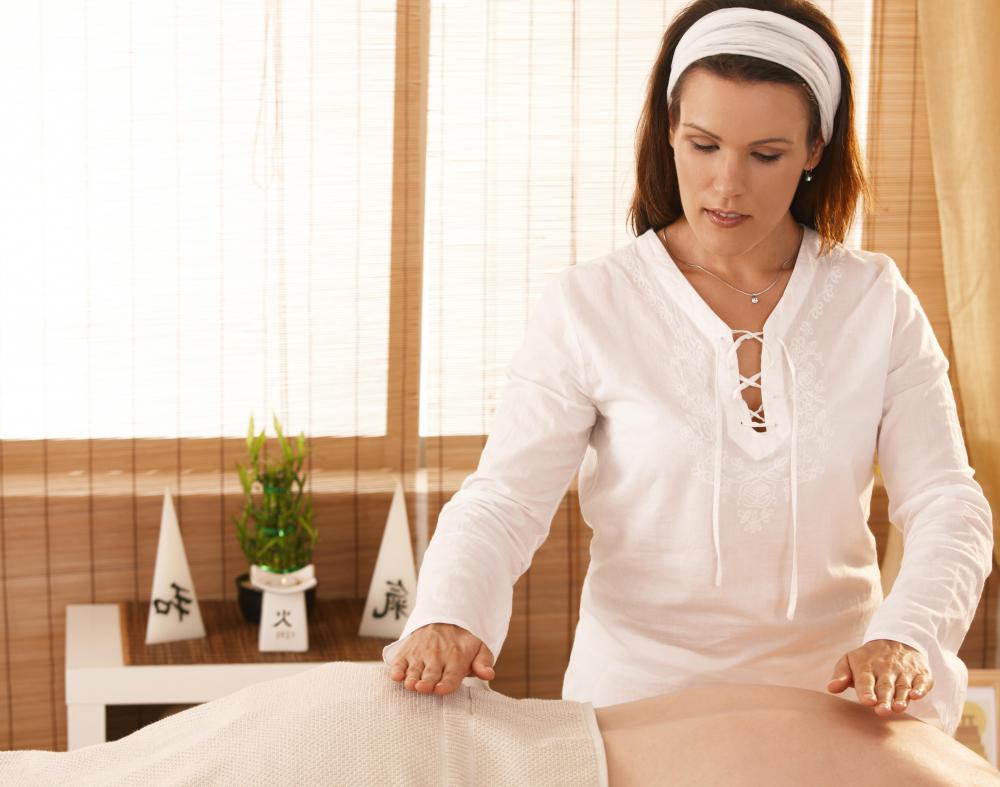At WiseGEEK, we're committed to delivering accurate, trustworthy information. Our expert-authored content is rigorously fact-checked and sourced from credible authorities. Discover how we uphold the highest standards in providing you with reliable knowledge.
What are the Different Types of Reiki Lessons?
There are two different types of Reiki lessons, the traditional Japanese and the Western. Within these two types, there are several traditions or associations that teach their own versions of Reiki. Both of the two main traditions of this spiritual technique are thought to increase the users ability to heal himself and others.
The Japanese tradition of Reiki lessons typically involves the laying on of hands and the transporting of the energy from the body of the healer into the person who is sick. In this Japanese style of Reiki lessons, it is thought that the palms are able to hold and release energy that is able heal. It is said to heal the physical, emotional, mental, and spiritual aspects of a person. There are many hand positions that must be learned in order to use this type of Reiki.

The main traditions under Japanese Reiki are Usui Reiki Ryoho Gakkai, which is said to use the same teachings and practices that the founder of Reiki used and the teachings of Reido Reiki Gakkai, whose founder has added somewhat to the first teachings. One tradition or association is known as Komyo Reiki Kai, which is run by a teacher who has a background in the Western type of Reiki lessons. There also is another association called Jikiden Reiki, whose teachings come from a man named Dr. Hayashi.
Western Reiki is a technique that was designed by a woman named Hawayo Takata. She was taught by the founder of the Jikiden Reiki tradition, Dr. Hayashi, and she developed it into a new style that she thought would be more acceptable to people in the West. Western Reiki works differently than the Japanese tradition in that it focuses more on pressure points and massage.
With pressure applications and massages, a person’s oxygen and blood circulation increase, making the body healthy. Stress is relieved and muscles are relaxed with these activities, and the body is able to get rid of any toxins that may be causing it harm. The act of a massage can transfer good energy into a person who is ill and help his body begin the healing process.
There are a few different traditions associated with Western Reiki. The first is Usui Reiki Shiki Ryoho, which shares the same teachings as Hawayo Takata. There are also two others, known as Tibetan Reiki, which teaches basically same thing as Usui Reiki Shiki Ryoho, and Gendai Reiki Ho, which is a combination of the teachings in the West and in the East.
A person who is wishing to study either type of tradition can find Reiki lessons online or in Reiki schools. These schools can be found all around the world. Each school is different, so a student should find one that suits his or her personality.
AS FEATURED ON:
AS FEATURED ON:











Discuss this Article
Post your comments